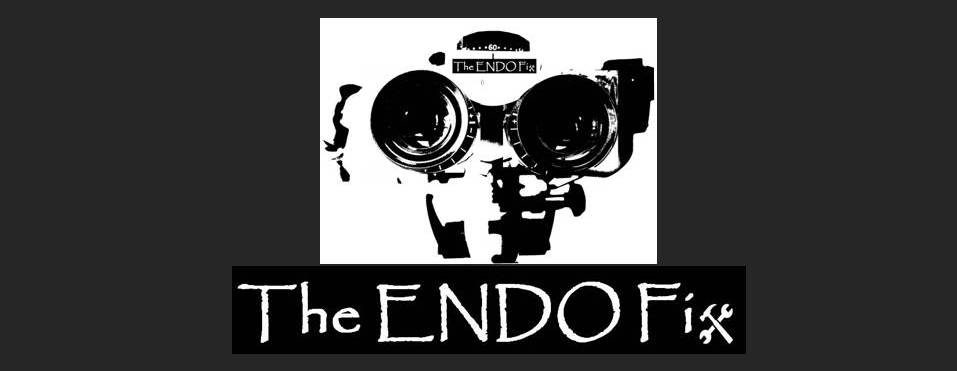



6 year followup on this case. CBCT imaging was used for determination of restorability. This type of resorption is crestal resorption. The resorption was determined to be less than two line angles by way of extent and located on the palatal. The endodontics was performed and a fiber post placed well below the level of the resorption. In this case we performed a burectomy to remove the ginigiva and visualize the cavosurvace once the the resorptive soft and hard tissues were removed A matrix band with a little Dycal was used for isiolation. A bulk fill of glass ionomer was placed and then vaneered with flowable composite. The restorative material approached the bone in the area of resorption, however, on followup there is no recession, and no bleeding on probing. We’re cautiously optimistic about a favorable long term outcome.
